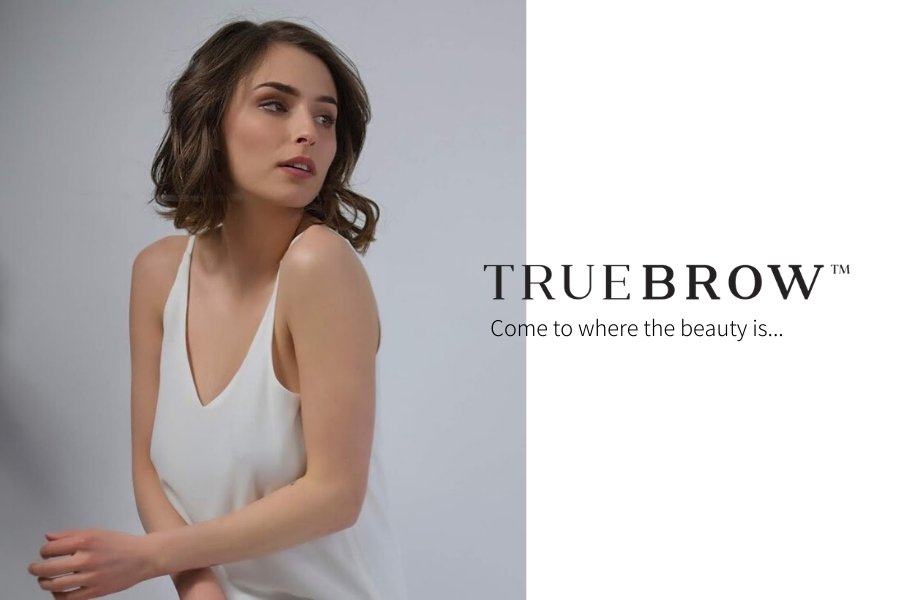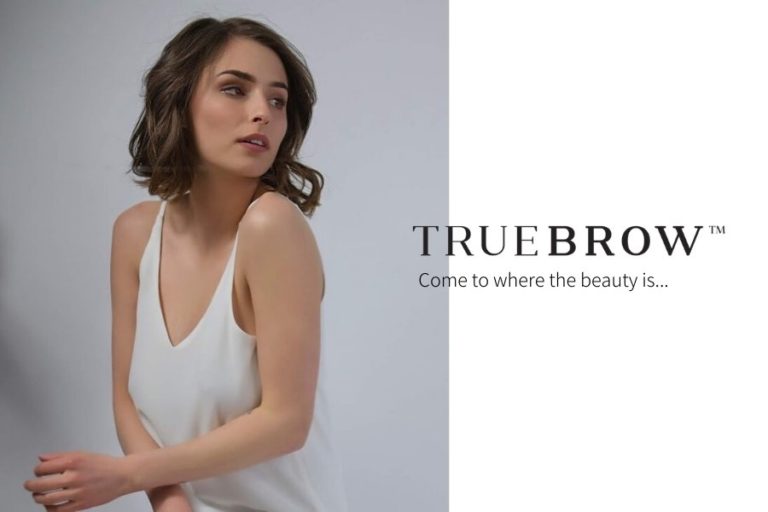How To Tint Eyebrows Properly

By Valerie Schaubroeck
You may have been asked by clients, “Can my hairdresser just use my hair color to tint my brows?”, or “Can I use my at-home-color and do it myself?”, or “Why is what you use better than other types?”
At the recent Brow Artists International™ Intensive Training in Ft Worth, TX, we had a discussion about these ideas and Elle asked me to put together some information to share. With 16 years of experience as a hair colorist, I learned that in an esthetics program, students are not taught about the details and chemistry of how hair color works, leaving you unable to answer the above questions with facts. So here it comes, Basic Haircolor 101 as it relates to oxidative brow tints.
Knowledge = Confidence
Our confidence in tinting brows is built with experience and knowledge. Understanding the products and process we use will bring you consistent results that will grow your business. Sharing that knowledge with your clients will build trust, even in those who have had an undesirable previous experience with brow tint.
The texture of the hair is a major factor relating to outcome. Coarse, resistant and grey hair can take longer to accept a deposit color. Finer hairs, may process faster and darker. A brow with a higher density will always appear to be darker, especially if you over-process the color.
So, now let’s get into how this chemical reaction actually works. The peroxide (developer) in the mixture is the gas that drives the engine of the color formula, meaning that the higher the developer strength (10 vol, 20 vol, 30 vol, 40 vol), the longer it will continue to lighten hair. An alkaline agent begins the job with swelling open the hair cuticle, allowing the components to enter into the hair shaft where the color develops into molecules too large to escape from the hair shaft. As the peroxide does its job, then loses strength after oxidizing, it begins to deposit color.
A higher volume of peroxide will make a more aggressive chemical reaction, therefore increasing the risk of skin reactions. This is a good response when asked why you aren’t using a hair color product mixed with a 20 volume (6%) developer on brows. Brow tints are specifically formulated to be used on delicate facial skin. Some brands even add ingredients designed to minimize itching.
Safety First!
Always use best practices and perform a patch test on every client 48 hours before the full service to rule out any allergies. Follow guidelines directed by your region and licensing departments. A waiver form signed by all clients is also a good idea.
The amount of lift and deposit that a hair color has is directly related to the level, i.e. darker levels have less lift and more tone deposit, lighter levels have more lift and less tone deposit.
Oxidative brow tints generally contain a few variants in color molecule type, therefore reducing exposure to the most known color irritant PPD. So while a tint may contain PPD, it will likely contain other color from less toxic types of molecules that are known to be darker and drabber.
The exact proportions of developer to color formula will affect the outcome. Thankfully, color manufacturers have calculated, tested, and perfected these formulas and given directions and timing suggestions. There are reasons to break these rules; however, results will be unpredictable and dangerous. When using an oxidative brow tint such as Belmacil or Refectocil, you will need about 4 drops of developer to ¾ inch of color squeezed from the tube. Mix thoroughly and use immediately.
It’s also very important that the brow hair be clean and dry before application of tint. Moisture will dilute the formula, make penetration unpredictable, and impede in the oxidation process.
Simple as that.
Below I have included just some of the Brow Artists International™ safety and high performance procedures.
We just learned that lower peroxide volumes and formulas used in brow tints will oxidize the pigments fast resulting in maximum deposit. This means we need to be careful when processing these formulas. The longer they are left in contact with brow hair, the darker the outcome. You are in control of the depth of your results. When working with a brow for the first time, mix and apply the tint, wait 30 seconds, then remove and observe. Is there a noticeable difference? Did any grey hairs pick up color? Could you still go a bit darker?
Now, observe the tint in the dish you just used. The low volume peroxide has already developed the color in your tint dish, and not on the brow. Wipe out your tint dish, remix a new batch of the same formula, and then reapply. Processing times will be learned through experience. Keep good notes about each client. Suggested processing times range from 1-10 minutes.
The final step will be using your tint remover to clean up the skin. Gently wipe the brow and don’t worry that it will take the tint off the brow hair. It certainly is unprofessional to send your client home with any tint still showing on her skin and it increases risk of a potential skin reaction. The tint removers are formulated to lower the pH of the tinted area, stop oxidation, and seal the cuticle of the hair shafts locking in the color.
Some brow artists have been mixing a light brown into a darker brown thinking this is their safety net to avoid a brow going too dark. However, these tints are made for depositing color, and the darker color will always be dominant. If you are careful with your timing and observant, this will give you perfect results.
There are other options available besides oxidative tints. Some use henna which stains the skin and has a much longer processing time. Henna is NOT recommended by Brow Artists International™ for use by their artists. More on this I am sure in another blockbuster Beauty & Business future issue.
Another type uses silver nitrate in a two-step process that is extremely staining. This can commonly be called a vegetable based dye which is partially true as product used in the first step has many natural ingredients. Tint removers are sometimes ineffective to clean up the brows when using a silver nitrate base.
About the Author

Valerie Schaubroeck lives in Rochester, NY and owns Wish Beauty and Lashes.
She specializes in hair color, eyelash extensions, and brows. Always researching the best products and systems for her business, Valerie is excited to be a part of Brow Artists International™. As a self-proclaimed beauty nerd, she is often traveling for classes and catching nuggets of knowledge online.






